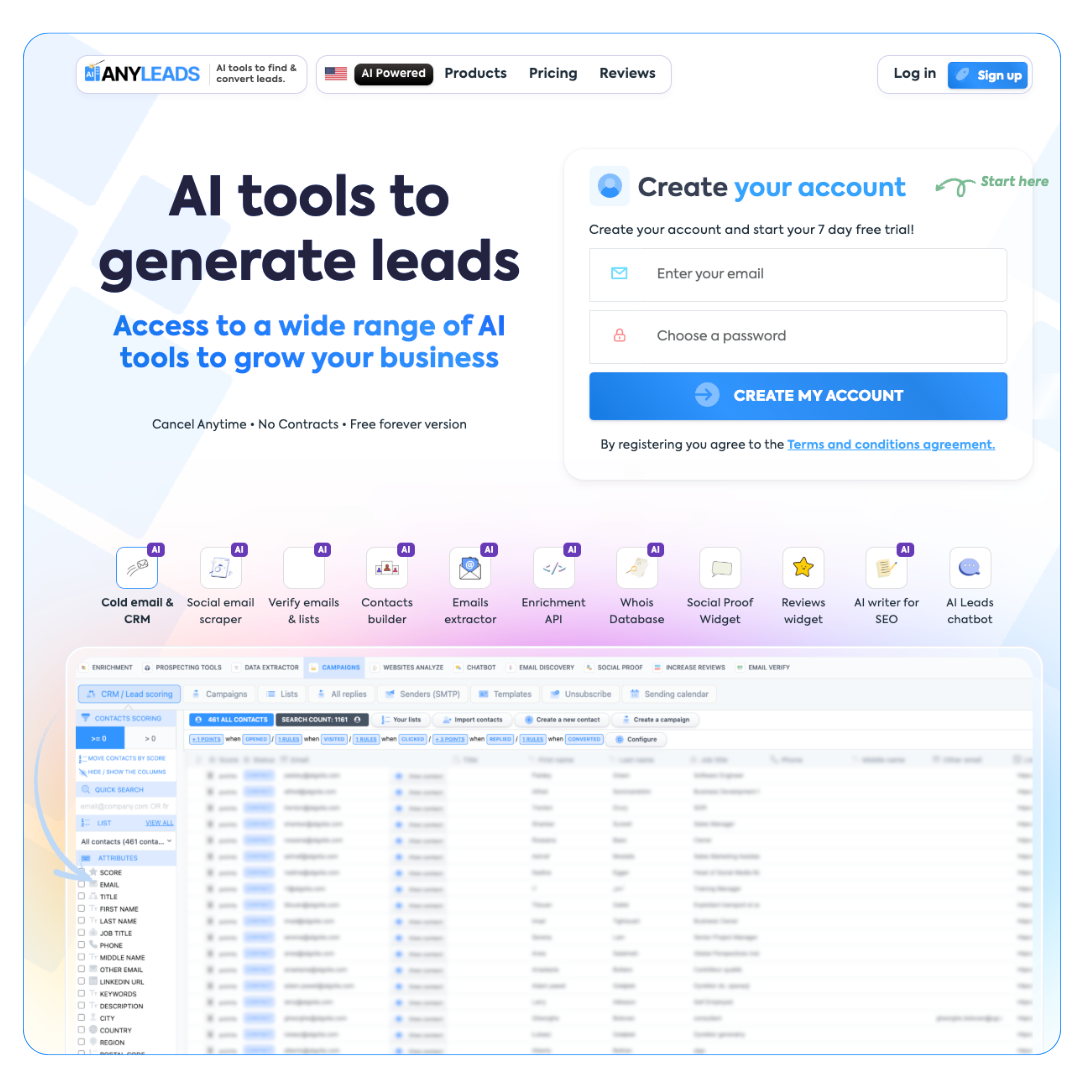 LIMITED SPOTS
All plans are 30% OFF for the first month! with the code WELCOME303
LIMITED SPOTS
All plans are 30% OFF for the first month! with the code WELCOME303

 LIMITED SPOTS
All plans are 30% OFF for the first month! with the code WELCOME303
LIMITED SPOTS
All plans are 30% OFF for the first month! with the code WELCOME303


AI is reshaping how teams approach software testing by reducing repetitive manual work and making test automation more adaptive. The key use cases driving adoption include self-healing test scripts, predictive defect detection, automated test case generation, and smarter test prioritization. These applications help organizations improve accuracy, speed, and coverage while keeping pace with rapid development cycles.
Companies are turning to AI-powered testing not just for efficiency but also for long-term scalability. By using artificial intelligence to identify critical areas of risk, maintain test stability, and optimize test execution, teams can focus on higher-value tasks. As future trends in AI-powered testing continue to evolve, the role of automation testing will expand even further, making AI an essential part of modern quality assurance strategies.
AI strengthens test automation with adaptive and predictive capabilities
Specialized applications improve accuracy, coverage, and efficiency
Evolving trends point to broader adoption of AI in software testing
AI adoption in test automation is largely driven by its ability to improve accuracy, reduce repetitive maintenance, and prioritize testing efforts based on risk. By leveraging machine learning and a strong emphasis on Generative UI, teams achieve tangible gains in efficiency, coverage and defect detection across various phases of the testing lifecycle.
AI tools now support automated test case generation by analyzing requirements, user stories, and historical defect data. Generative AI and large language models can translate natural language specifications into structured test cases, reducing manual effort. This approach helps teams scale test coverage without needing proportional growth in resources.
Machine learning algorithms identify gaps in existing test suites and suggest additional cases to cover edge conditions. By learning from past failures, AI-driven automation ensures that critical paths are tested more consistently. Platforms like Functionize and Testim already apply AI to recommend relevant test scenarios. This reduces redundancy while maintaining alignment with evolving application workflows. The result is faster creation of meaningful tests with fewer overlooked scenarios.
One of the most time-consuming tasks in automation testing is maintaining scripts that break when applications change. AI-driven automation introduces self-healing test scripts, where machine learning models detect UI or API changes and automatically adjust locators or actions.
Instead of requiring manual updates, AI tools adapt scripts by recognizing patterns in identifiers, element properties, or layout changes. This reduces downtime in test execution and minimizes maintenance overhead. Teams benefit from more resilient automation frameworks that remain stable across frequent software releases. This directly improves the return on investment in automation testing.
AI-powered testing enhances execution strategies by applying risk-based testing. Machine learning models analyze historical defect density, code complexity, and recent changes to prioritize areas most likely to fail. This ensures that limited testing time is focused where it has the highest impact.
Optimization also extends to test suite reduction, where redundant or low-value tests are skipped without compromising coverage. AI tools calculate the probability of failure and adjust execution order dynamically, shortening feedback cycles. By applying predictive analytics, teams can better allocate resources and reduce test cycle duration. This approach is particularly valuable in continuous integration and delivery pipelines where speed and accuracy are critical.
AI automation testing goes beyond executing scripts by improving defect detection. Machine learning algorithms analyze logs, screenshots, and performance data to identify anomalies that traditional rule-based systems may miss. This improves early bug detection before issues escalate.
Predictive analytics uses historical defect patterns to forecast potential failure points in upcoming releases. By correlating code changes with past bug trends, AI highlights modules or features at higher risk. In practice, this allows teams to proactively test areas likely to introduce defects. AI-powered testing reduces reliance on reactive bug fixing and shifts quality assurance toward prevention. This makes defect management more data-driven and less dependent on intuition alone.
AI is being applied in targeted areas of test automation to improve accuracy, reduce manual effort, and adapt to modern software development practices. These applications focus on visual validation, smarter test data creation, and performance monitoring across APIs and systems.
With the growing complexity of digital ecosystems, AI-driven tools help teams identify potential failures earlier and optimize regression testing cycles. Machine learning models can also predict test case priorities based on historical outcomes, saving significant development time. Furthermore, AI enables dynamic maintenance of test scripts, ensuring they stay aligned with frequent code changes. Businesses that integrate customized AI applications and software development strategies gain a competitive edge through higher test reliability, reduced costs, and faster product delivery.
Visual testing ensures that user interfaces render correctly across browsers, devices, and screen sizes. AI-powered tools like Applitools use computer vision to detect even subtle layout shifts, color mismatches, or element misalignments that traditional scripts often miss.
Unlike pixel-by-pixel comparisons, AI models analyze the intent of the design. This reduces false positives and helps teams focus on meaningful UI defects that impact usability and accessibility. By automating these checks, organizations maintain consistent user experiences without relying on repetitive manual reviews. This strengthens quality engineering practices in fast-moving agile environments.
Reliable test data is essential for validating complex business logic, but preparing it manually is often time-consuming. AI-driven test data generation addresses this by analyzing existing datasets, identifying gaps, and creating realistic inputs that reflect production conditions. Tools powered by AI can generate both structured and unstructured data while respecting privacy and compliance constraints. This ensures broader software quality coverage without exposing sensitive information.
For example, AI automation can simulate edge cases that human testers may overlook, such as rare transaction types or unusual user behaviors. This improves defect detection before release. When integrated into agile and DevOps pipelines, automated data generation reduces bottlenecks and accelerates testing cycles. Teams can run more scenarios in parallel, leading to higher confidence in application stability.
Performance testing and API testing benefit from AI’s ability to detect anomalies and predict potential failures. Instead of relying solely on predefined thresholds, AI models learn from historical performance data to identify unusual response times, throughput drops, or resource spikes. In API testing, AI can automatically generate test cases that validate endpoints under different conditions. This helps uncover issues in data handling, authentication, and integration points that are critical in distributed systems.
By embedding AI-driven performance checks into software development pipelines, teams can detect degradations early. This supports continuous delivery practices while maintaining high standards of quality assurance.


AI in test automation is gaining adoption because it addresses common challenges such as test maintenance, coverage gaps, and efficiency. By introducing features like self-healing scripts, predictive analysis, and automated test generation, teams reduce repetitive work and improve reliability.
These use cases show that AI is not replacing human testers but supporting them with tools that streamline workflows. Organizations that integrate AI into their testing processes can achieve more consistent results while keeping pace with rapid development cycles.
As adoption grows, the focus will remain on using AI where it delivers measurable improvements in speed, quality, and adaptability. This balance between automation and human oversight defines the practical value of AI in test automation.